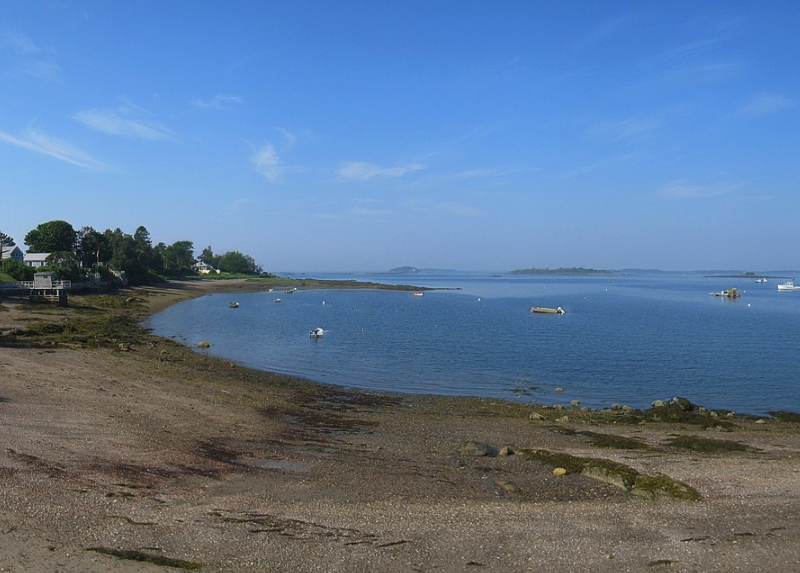Two weeks ago the Harpswell, Maine, community experienced a horrific tragedy when a woman was fatally bitten by a shark while swimming close to shore. The hearts of the entire MMoME team go out to the loved ones experiencing such a tremendous loss.
In the aftermath of such a tragedy, we must all remember that the media and other non-experts talking about this event often spread misinformation. While no facts should downplay the gravity of this incident, it is important to source information from reputable experts.
Over the last few weeks, MMoME’s seal biologists have been in close contact with the leading shark biologist on the East Coast and marine mammal biologists from the Northeast Fisheries Science Center (NEFSC) to discuss seal/shark interactions in Maine.
With this tragic attack dominating news and social media, below are some facts to keep in mind:
- Seals are not the only food source of white sharks. Although some large white sharks eat seals, older and younger white sharks also eat other marine life, including fish and whale carcasses. It is not fully understood what influence seal populations have on the abundance, distribution, or behavior of white sharks (source: Northwest Atlantic Seal Research Consortium/Atlantic White Shark Conservancy)
- White sharks have inhabited coastal and offshore Atlantic waters ranging from Canada to the southeast U.S. and beyond for centuries (source: National Oceanic and Atmospheric Administration)
- Though sightings are relatively rare, white sharks have long been known to be seasonal inhabitants of the Gulf of Maine, and they have been observed preying on seals and porpoises in Maine’s coastal waters. Sightings data, catch records, and tagging data indicate white sharks occur in the region from early summer through fall (source: Atlantic White Shark Conservancy)
- Seals and sharks have experienced significant historic population declines due to human activity, and both populations have been increasing since federal protections have been put in place (source: NEFSC)
- Seals and sharks both play an important role in maintaining a healthy marine ecosystem (source: NEFSC)
- Shark and seal population numbers are currently unknown due to seasonal migration and foraging patterns. Current Gulf of Maine harbor seal population estimates of 75,000 dates back to a 2012 survey (source: NEFSC)
- MMoME has documented live and deceased seals with wounds consistent with shark bites since the organization was established almost a decade ago (source: MMoME)
- MMoME has been fielding reports of live and deceased marine mammals and sea turtles on a daily basis and is currently monitoring some elevated spikes in deceased seal strandings. Some of these cases have bite wounds, but the majority do not (source: MMoME)
If you find a deceased seal in Maine, there are many different possible causes of death. Carcass decomposition and post-mortem scavenging can look like bite wounds. Wounds you may find could have been sustained pre-, or post-mortem. Report all live and dead marine mammals in Maine to 1-800-532-9551.


